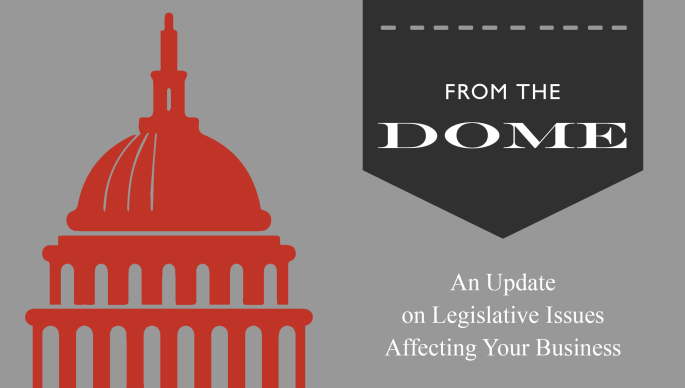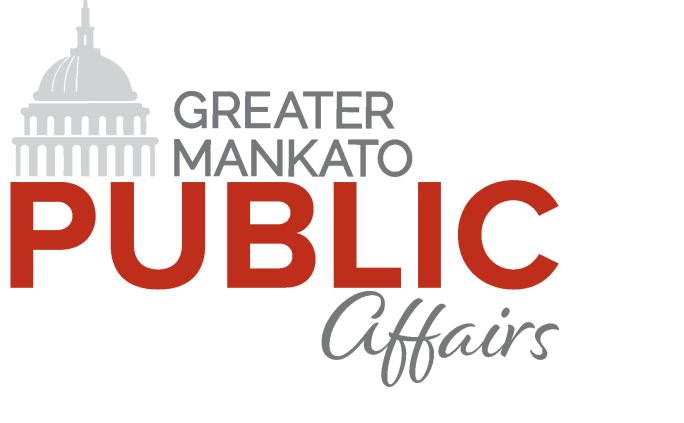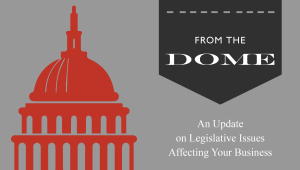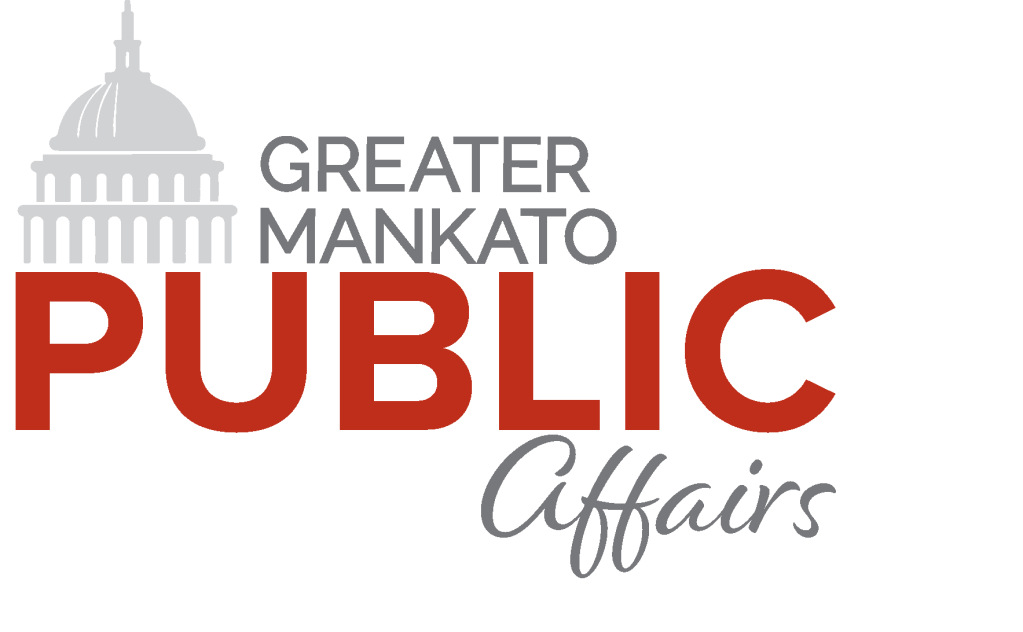18 Mar January 2022 Employment Figures – Employment Rises While Total Jobs Worked Falls
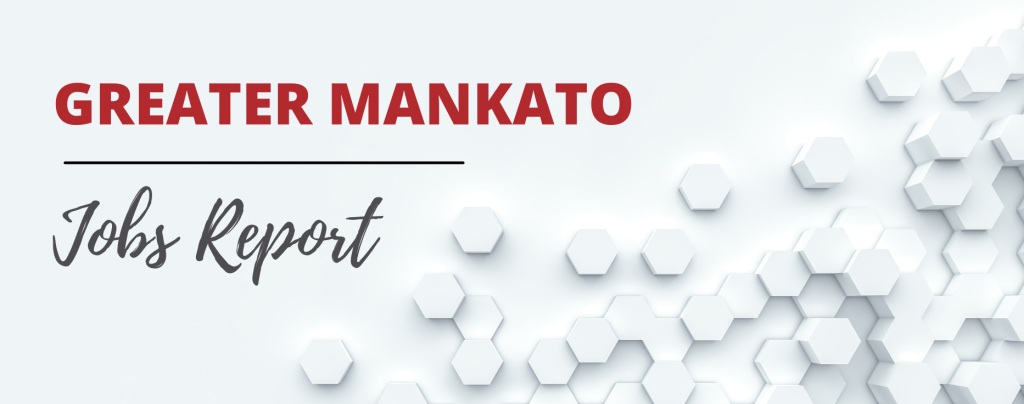
The Bureau of Labor Statistics has released preliminary January data for their Local Area Unemployment Statistics (LAUS) and Current Employment Statistics (CES) reports. In these reports, we saw that the number of employed individuals living in the Mankato-North Mankato MSA rose by 366 while the number of jobs being worked (total nonfarm payroll) in our region dropped by 900 (information on the difference between employed individuals & jobs data can be found at the end of this blog post).
The number of non-farm jobs being worked in our region dropped from 56,300 in December 2021 to 55,400 in January 2022, a 1.6% decrease. In contrast, the number of employed individuals rose from 58,716 to 59,082 over the same period, a 0.6% increase. Individuals entering the labor force rose by an even higher 1.1% (688) people. Between December 2021 and January 2022, the labor force rose from 60,050 to 60,638 - its highest point since November 2020.

